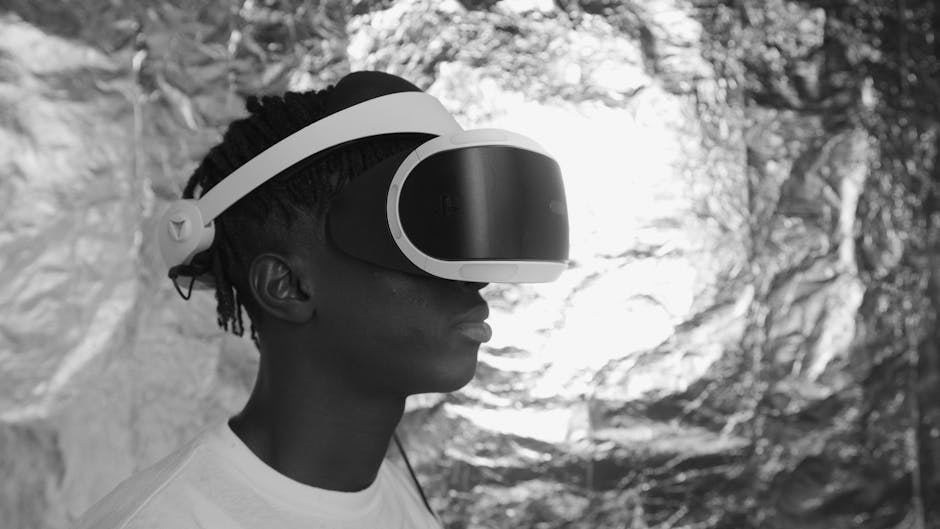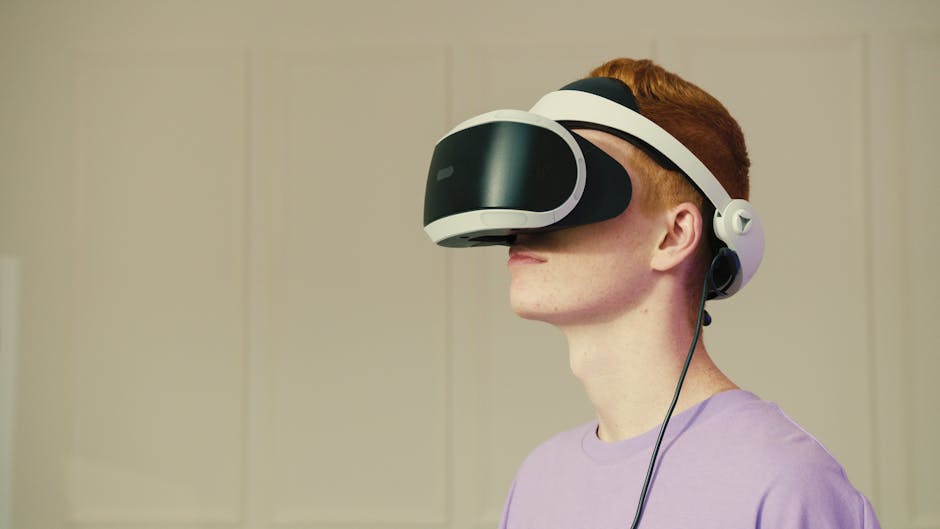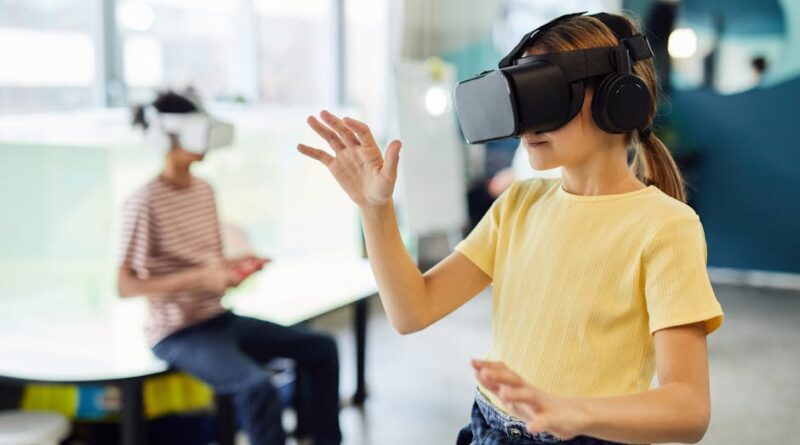The Future of Wearable Technology
Imagine a world where your clothing not only keeps you warm but also tracks your health metrics, where your watch not only tells time but also responds to voice commands, or where your glasses not only correct your vision but also provide a heads-up display of information. This is the world of wearable technology, a rapidly evolving field that is reshaping how we interact with the digital world and each other. In this article, we will delve into the current landscape and the exciting future of wearable technology, exploring its potential impact on our lives and society as a whole.
The Evolution of Wearable Technology
Wearable technology has come a long way since the invention of the calculator watch in the 1970s. Today, we have smartwatches, fitness trackers, smart clothing, and even implantable devices that can monitor our health, track our activities, and connect us to the internet. The evolution of wearable technology has been driven by advancements in miniaturization, sensor technology, and connectivity, making it possible to integrate sophisticated electronics into everyday items.
The Current State of Wearable Technology
Currently, wearable technology is primarily focused on health and fitness applications. Smartwatches and fitness trackers can monitor our heart rate, track our steps, and analyze our sleep patterns. These devices have become indispensable tools for health-conscious individuals looking to optimize their performance and well-being. Additionally, wearable technology is making inroads into industries such as sports, fashion, and entertainment, where it is being used to enhance performance, create immersive experiences, and drive innovation.
The Future of Wearable Technology in Healthcare
One of the most promising areas for wearable technology is healthcare. Wearable devices have the potential to revolutionize how we monitor and manage our health, allowing for continuous, real-time tracking of vital signs, medication adherence, and disease progression. For example, smart clothing embedded with sensors can detect early signs of infection, while smart glasses can provide visual aids for people with vision impairments. The integration of artificial intelligence and machine learning algorithms can further enhance the capabilities of wearable devices, enabling personalized healthcare solutions and predictive analytics.

By Artem Podrez via Pexels
The Impact of Wearable Technology on Communication
Wearable technology is also changing how we communicate and interact with each other. Devices like smartwatches and smart glasses can provide instant access to messaging, calls, and social media, allowing us to stay connected on the go. Wearable devices with voice recognition and natural language processing capabilities are enabling hands-free communication, making it easier to interact with technology in a natural and intuitive way. As wearable technology becomes more integrated into our daily lives, it has the potential to reshape how we connect with each other and the world around us.
The Ethical and Privacy Implications of Wearable Technology
As wearable technology becomes more ubiquitous, concerns around privacy and data security are becoming increasingly prevalent. Wearable devices collect vast amounts of personal data, including biometric information, location data, and behavioral patterns, raising questions about who has access to this data and how it is being used. Additionally, the potential for misuse of wearable technology, such as tracking individuals without their consent or using data for discriminatory purposes, highlights the need for robust ethical frameworks and regulations to ensure the responsible development and deployment of wearable devices.

By Artem Podrez via Pexels
The Future of Augmented Reality and Virtual Reality in Wearable Technology
Augmented reality (AR) and virtual reality (VR) are two technologies that are poised to transform the wearable technology landscape. AR glasses can overlay digital information onto the physical world, providing immersive experiences for gaming, education, and navigation. VR headsets can transport users to virtual worlds, allowing for interactive simulations, training exercises, and entertainment experiences. The convergence of AR, VR, and wearable technology is opening up new possibilities for how we interact with digital content and experience the world around us.
Expert Opinions on the Future of Wearable Technology
According to Dr. Sarah Jones, a leading expert in wearable technology, “The future of wearable technology lies in its ability to seamlessly integrate into our lives, providing meaningful insights and personalized experiences that enhance our well-being and productivity. As we continue to push the boundaries of what is possible with wearable devices, we must also consider the ethical and societal implications of these technologies to ensure that they are used responsibly and ethically.”
Conclusion
In conclusion, the future of wearable technology holds immense promise for revolutionizing how we live, work, and communicate. From healthcare to communication, from entertainment to privacy, wearable technology is poised to fundamentally transform our relationship with technology and each other. As we navigate this rapidly evolving landscape, it is essential to consider the ethical, privacy, and societal implications of wearable technology to ensure that it benefits us all. The future is indeed wearable, and the possibilities are limitless.
To wrap things up, wearable technology is not just a trend but a transformative force that is reshaping our world in ways we have yet to fully comprehend. As we embrace the future of wearable technology, let us do so with a critical eye and an open mind, ready to explore the endless possibilities that lie ahead.




